Since the 11th century, King Ly Thai Tong (1028 - 1054) had a post house built at each official route, every 15 - 20 km, to serve as a resting place for lost travelers, as well as a place to transfer official documents and change post horses or soldiers.
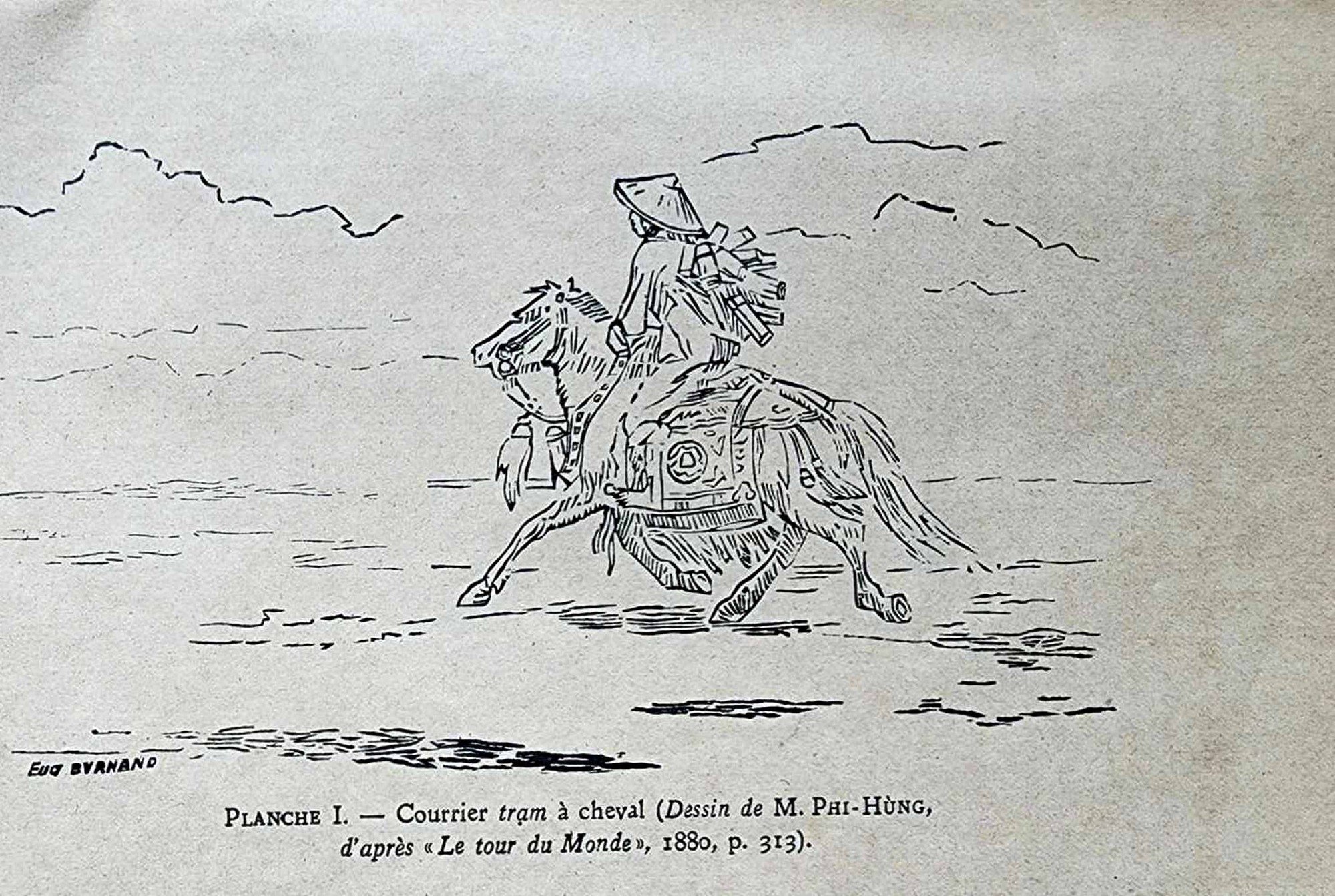
Image of the old postman
PHOTO: SOURCE BAVH NO. 1 1944
During the monarchy, letters were put into bamboo tubes, tied at both ends, coated with resin or wax, and stamped to ensure confidentiality and to prevent them from being lost along the way. The urgency and the destination were written on the tubes. The image of the postman and the sound of the bells in his hands had enough power to force the people of the places they passed to stop and make way for them.
During his visit to Vietnam in 1819, during the reign of King Gia Long, French captain Rey noted this special image: "As soon as people heard the sound of horse music signaling the arrival of the royal envoy or saw the small flag fluttering, the ox carts and pedestrian carts pulled back, the road was cleared of everything that hindered the progress of the postman, the ferrymen prepared the boat to take it across the river and if they had left the riverbank, they had to row hard, returning to pick up the postman..." (author's provisional translation from Bulletin des Amis du Vieux Hue , 1920, p.2).
By the early 1860s, when the plan to conquer the three provinces of Eastern Cochinchina had not yet been completed, the French colonialists had thought of postal and telegraph work. On April 11, 1860, naval colonel Dariès established the first French postal office in Cochinchina with the main function of transferring official documents between French administrative and military organizations. Later, due to the need for communication between armies deployed in a large area including the three provinces of Gia Dinh, Bien Hoa, and Dinh Tuong, they prioritized the establishment of the 28 km long Saigon - Bien Hoa telegraph line, inaugurated on March 27, 1862.
Before 1863, postal work was still in its infancy. From July 1862, the French colonialists placed post boxes (postes aux lettres) in Bien Hoa province and then deployed them in many other localities such as Gia Dinh, Ba Ria, My Tho, Go Cong, Tay Ninh , Thuan Kieu (Tong Keou) and Trang Bang.
It was not until early 1863 that postal work really took on a positive meaning in serving the public interest - although this should also be understood in a narrow sense as the interest of the French and a minority of native civil servants working for France. Decree No. 15 dated January 13, 1863 of Vice Admiral Bonard, Governor of Cochinchina, stipulated the first basic features for sending and receiving letters inside and outside the territory of Saigon.

The Post Office building was built by the French (from 1886 - 1891) also known as the Saigon Wire Department to establish a communication system in Saigon.
PHOTO: QUYNH TRAN
According to the content of the above document, the Saigon Post Office operated according to the organization method of the national postal agency (France). A single postman was responsible for delivering letters to residents' homes, twice a day, the first time from 9-10 am, the second time from 4-5 pm. Every time a mail ship docked at Saigon port, a postman on board was responsible for bringing all the letters ashore and immediately delivering them to the Post Office. Civilians could come to receive letters at the Post Office or wait for them to be delivered to their homes. Some reports on the same day, January 13, 1863, by G. Goubaux, the provisional postal director, announced the opening hours of the office, from 7 am to 9 am in the morning and from 3 pm to 5 pm in the afternoon, except Sundays and holidays.
These basic documents provided for the sale of postage stamps at post offices, but it was not until May 30, 1863 that the public was officially informed about the birth of the first postage stamps in Vietnam.
In parallel with the Saigon Post Office, the French colonialists also established postal agencies in the three occupied provinces (Bien Hoa, Gia Dinh, Dinh Tuong). In these places, local military commanders coordinated with the Director of the Saigon Post Office, nominating each place a mail distribution officer (distributeur) with the approval of the Governor of Cochinchina.
During this time, the Nguyen Dynasty's post organization in Cochinchina had not yet been abolished by the French colonialists. By document No. 117 dated August 10, 1866, Vice Admiral De La Grandière, Governor of Cochinchina, stipulated that the stations would continue to operate postal services on holidays and Sundays ( Official Gazette of French Cochinchina - BOCF 1866, pp. 123 - 124). By doing so, France solved the loopholes created by their postal agency during these days. However, by the 1870s, the post organization was also abolished, when the new postal system had truly come into play. From 1886 to 1891, the Post Office building built by the French (also known as the Saigon Wire Department) established a communication system in Saigon. (continued)
Source: https://thanhnien.vn/su-ra-doi-cua-he-thong-buu-chinh-dau-tien-o-nam-ky-1852511112120154.htm




![[Photo] Deep sea sand deposits, ancient wooden ship An Bang faces the risk of being buried again](https://vphoto.vietnam.vn/thumb/1200x675/vietnam/resource/IMAGE/2025/11/13/1763033175715_ndo_br_thuyen-1-jpg.webp)





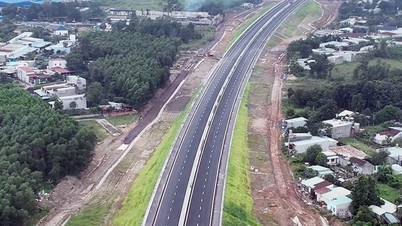

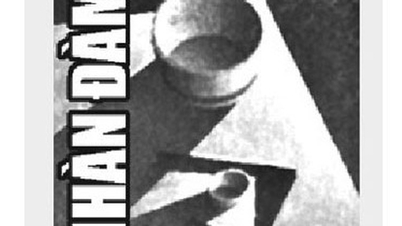



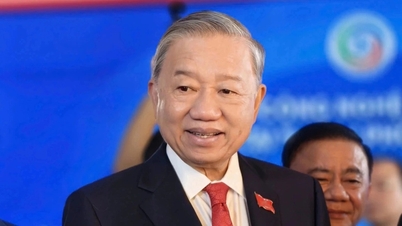

























































![[Photo] Panorama of the 2nd Vietnam-Cambodia Border Defense Friendship Exchange](https://vphoto.vietnam.vn/thumb/402x226/vietnam/resource/IMAGE/2025/11/13/1763033233033_image.jpeg)
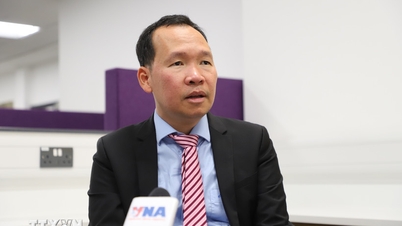


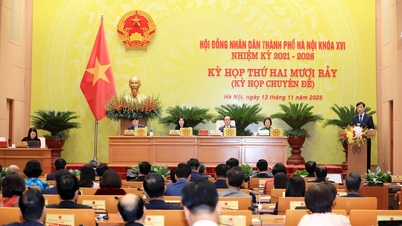



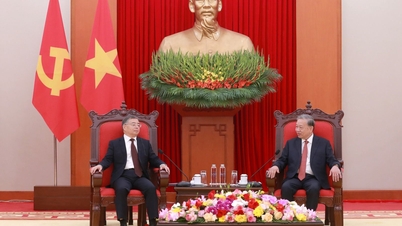
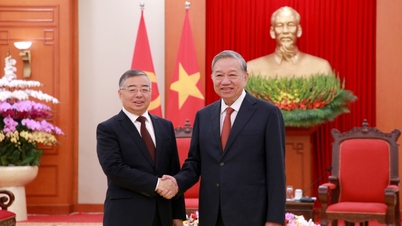




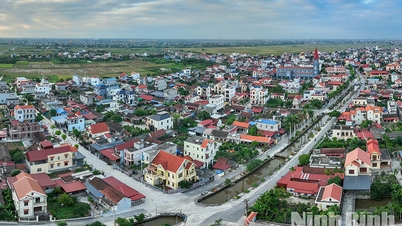








![Dong Nai OCOP transition: [Article 3] Linking tourism with OCOP product consumption](https://vphoto.vietnam.vn/thumb/402x226/vietnam/resource/IMAGE/2025/11/10/1762739199309_1324-2740-7_n-162543_981.jpeg)







Comment (0)